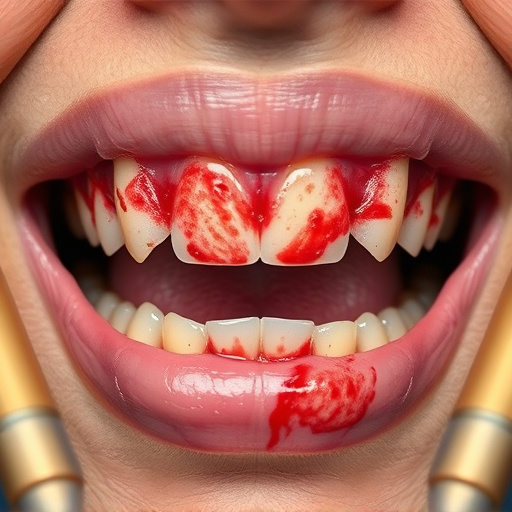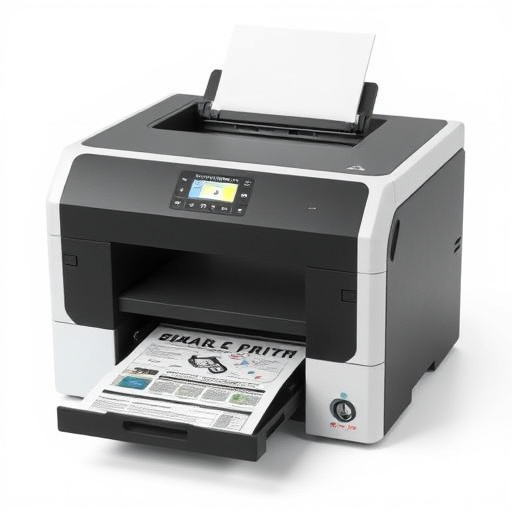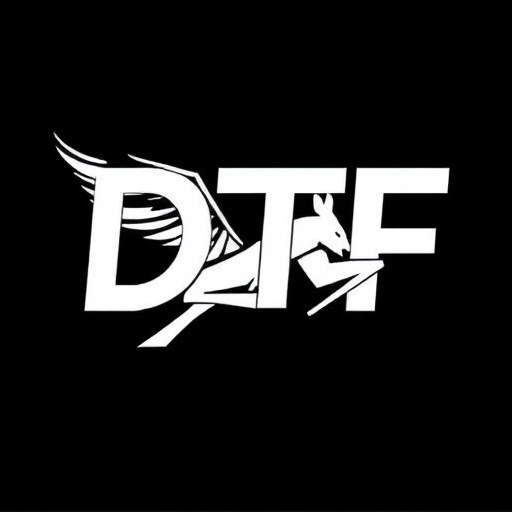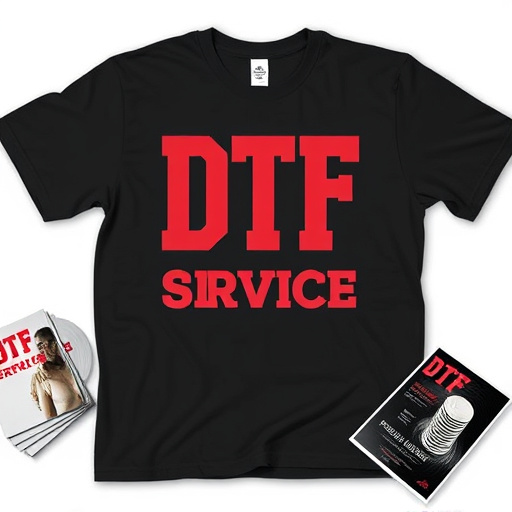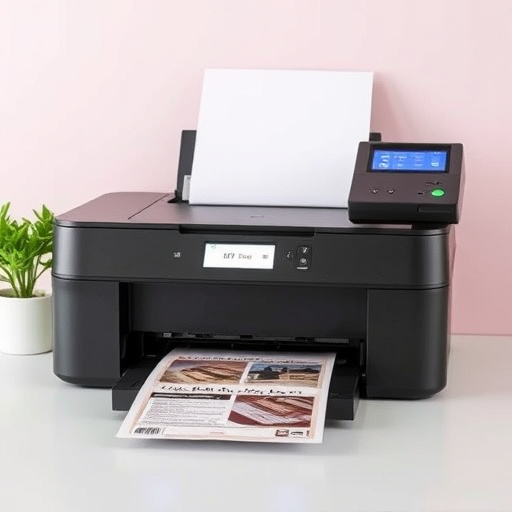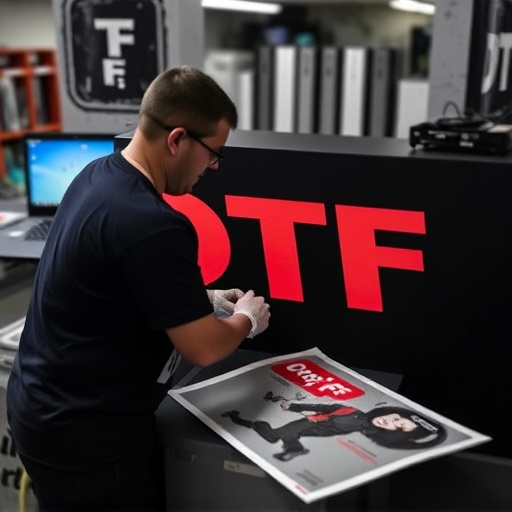DTF (Direct to Fabric) printing revolutionizes apparel by offering high-quality, precise custom transfers, eliminating complex setups and enhancing color accuracy on dark fabrics. Choosing suitable fabrics and DTF transfer films is crucial for exceptional results. Visually stunning DTF Custom Transfers involve selecting captivating fonts, contrasting colors, bold outlines, high-resolution graphics, balanced text/imagery, and guiding viewer's eye to a focal point through composition.
Discover the art of crafting high-quality DTF (Direct to Film) custom transfers. This comprehensive guide explores the fundamentals of DTF printing, offering a cost-effective and versatile method for creating vibrant, durable designs on various surfaces. From selecting top-tier materials for optimal results to mastering design elements for maximum visual impact, each step ensures your DTF custom transfers stand out. Elevate your creations and unlock endless design possibilities with these expert tips.
- Understanding DTF Printing and Its Benefits
- Choosing the Right Materials for Optimal Results
- Mastering Design Elements for Visual Impact
Understanding DTF Printing and Its Benefits

Direct to fabric (DTF) printing is a cutting-edge technique that has revolutionized the apparel industry. This innovative process allows for high-quality, precise printing directly onto various fabrics, offering numerous advantages over traditional methods. By eliminating the need for complex setups and intermediate steps, DTF custom transfers provide a more efficient and cost-effective solution.
One of the key benefits of DTF printing for dark fabrics is its exceptional color accuracy and vibrant results. DTF transfer sheets are designed to adhere seamlessly to fabric, ensuring that intricate designs and detailed graphics are reproduced with remarkable clarity. This technology is particularly suited for DTG (Direct to Garment) printing, making it ideal for apparel manufacturing, allowing businesses to create personalized, on-demand products with speed and versatility.
Choosing the Right Materials for Optimal Results
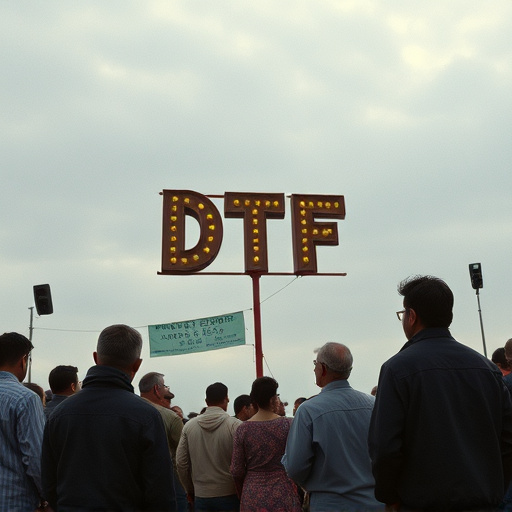
When creating DTF (Direct to Fabric) custom transfers, selecting the appropriate materials is paramount for achieving exceptional results. The foundation lies in choosing high-quality fabric that suits your design and printing method. Cotton and poly-cotton blends are popular choices due to their versatility and ability to absorb ink effectively. For a more premium look, silk or polyester fabrics can offer vibrant colors and a smooth finish. Ensure the fabric is suitable for DTF printing by checking its weave, thickness, and whether it’s designed for garment applications.
Complementing your fabric choice, select a compatible DTF transfer film that aligns with your best dtf printer. These films vary in terms of adhesive strength, release time, and durability. The right film will ensure the design seamlessly transfers to the fabric without smudging or tearing. Consider factors like print resolution, color accuracy, and the specific requirements of your dtf printing for hoodies or other custom garments. Using the best dtf printer and suitable film will significantly impact the overall quality of your DTF custom transfers.
Mastering Design Elements for Visual Impact

Creating visually stunning DTF Custom Transfers requires a deep understanding of design elements that resonate with your audience. Start by selecting eye-catching fonts that complement your brand or message. Play with contrasting colors and bold outlines to ensure your design pops on various surfaces, whether it’s custom t shirts or other merchandise. Incorporate high-resolution graphics and illustrations that align with your target market’s interests and values.
Mastering the balance between text and imagery is key. Allow enough negative space for your DTF transfer to breathe, preventing designs from appearing cluttered. Consider the overall composition, ensuring that elements guide the viewer’s eye naturally toward the focal point of your design. This attention to detail not only enhances the visual impact but also communicates professionalism in your DTF printing efforts.
Creating high-quality DTF custom transfers requires a blend of understanding printing technology, selecting the right materials, and mastering design elements. By delving into these key aspects – from the benefits of DTF Printing to choosing optimal materials and crafting visually impactful designs – you’re well-equipped to produce stunning DTF Custom Transfers that stand out.

